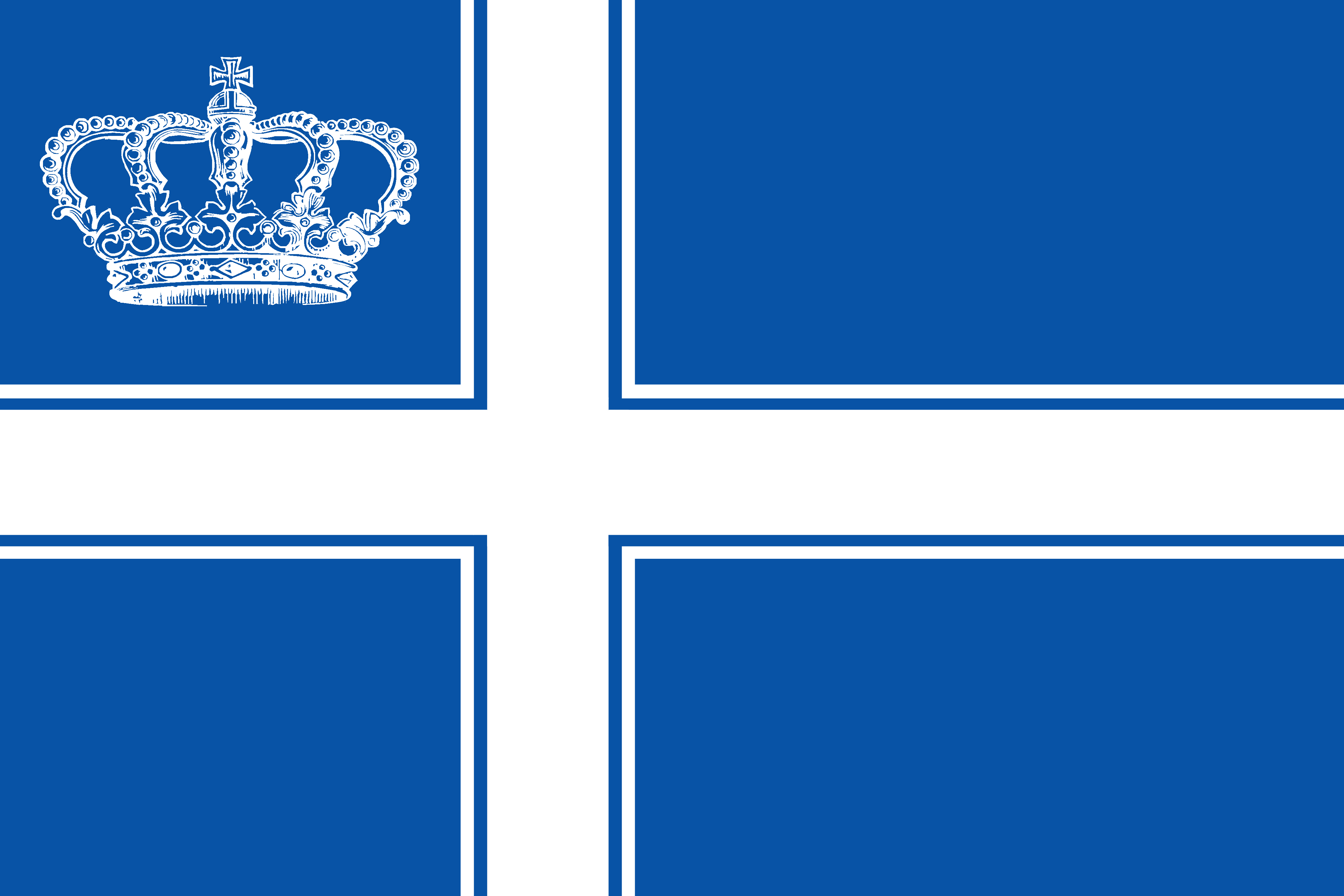Difference between revisions of "Template:POTD protected"
Westarctica (talk | contribs) |
Westarctica (talk | contribs) |
||
| Line 1: | Line 1: | ||
{| role="presentation" style="margin:0 3px 3px; width:100%; text-align:left; background-color:transparent; border-collapse: collapse; " | {| role="presentation" style="margin:0 3px 3px; width:100%; text-align:left; background-color:transparent; border-collapse: collapse; " | ||
|style="padding:0 0.9em 0 0;" | [[File: | |style="padding:0 0.9em 0 0;" | [[File:Flag of Westarctica.jpg|300px|thumb]] | ||
|style="padding:0 6px 0 0"| | |style="padding:0 6px 0 0"| | ||
The '''[[Flag of Westarctica]]''' has gone through many changes since the nation first declared itself a sovereign territory. Although the original flag of the [[Achaean Territory of Antarctica|Achaean Territory]] was generally considered to be an eyesore, subsequent flags were designed to be more aesthetically pleasing while also encompassing the values of [[Westarctica]]. | |||
In late 2014, [[Grand Duke Travis]] decided it was time to bring back some of the old [[National Symbols of Westarctica|symbols of Westarctica]]. In a show of solidarity with the old regime, he created a new flag utilizing the old symbology of the "Cross and Crown" design. To make the flag more aesthetically pleasing, simple tinctures of blue (with the colorspace in CMYK of C=96.47%, M=75.29%, Y=0.39%, K=0%; in RGB R=16, G=84, B=165; webcolor #1054A5) and white were used instead of the original teal and forest green found on the 2004 - 2010 flags. The specific tincture of blue is called "Westarctica Blue" and is considered a protected official color of Westarctica. | |||
<p><small> | <p><small>Creator: [[Grand Duke Travis]]</small></p> | ||
[[:Category:Images|'''(More Images)''']] | [[:Category:Images|'''(More Images)''']] | ||
<div class="potd-recent" style="text-align:right;"> | <div class="potd-recent" style="text-align:right;"> | ||
Revision as of 18:57, 12 October 2023
|
The Flag of Westarctica has gone through many changes since the nation first declared itself a sovereign territory. Although the original flag of the Achaean Territory was generally considered to be an eyesore, subsequent flags were designed to be more aesthetically pleasing while also encompassing the values of Westarctica. In late 2014, Grand Duke Travis decided it was time to bring back some of the old symbols of Westarctica. In a show of solidarity with the old regime, he created a new flag utilizing the old symbology of the "Cross and Crown" design. To make the flag more aesthetically pleasing, simple tinctures of blue (with the colorspace in CMYK of C=96.47%, M=75.29%, Y=0.39%, K=0%; in RGB R=16, G=84, B=165; webcolor #1054A5) and white were used instead of the original teal and forest green found on the 2004 - 2010 flags. The specific tincture of blue is called "Westarctica Blue" and is considered a protected official color of Westarctica. Creator: Grand Duke Travis |
